The twisted genius of designer Joseph Walsh
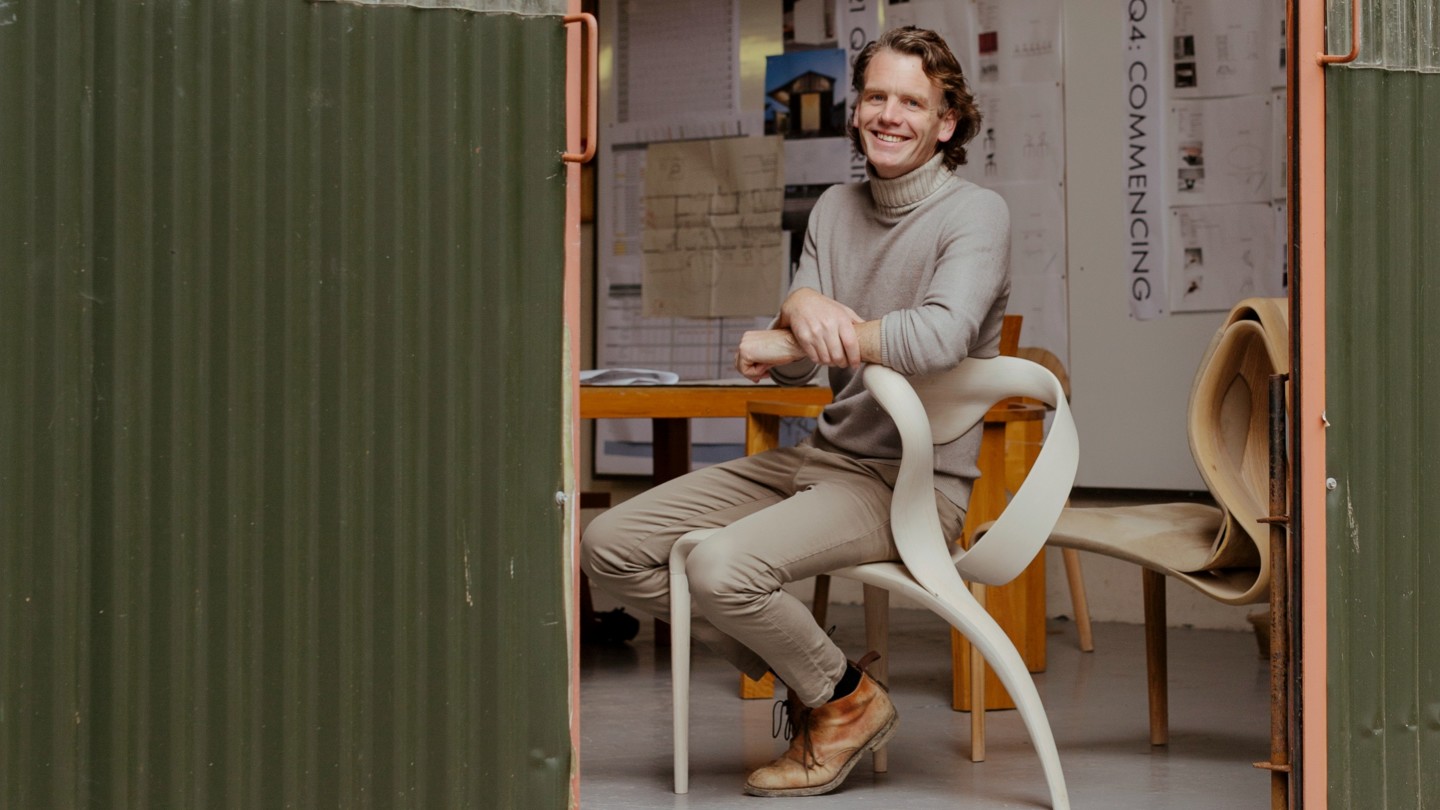
Roula Khalaf, Editor of the FT, selects her favourite stories in this weekly newsletter.
Raised on a farm in rural County Cork, designer Joseph Walsh grew up with people who made things by hand. “That was the default at home, making as opposed to buying,” he says. “My mother moved here from Dublin in the 1970s and made an effort to make the most of rural life in what I guess was a wholesome way. She had a really good kitchen garden and was always buying patterns to make tapestries.”
It’s a way of life that rubbed off on Walsh who, as a young boy, became accustomed to mending agricultural machinery. But it was his grandfather who instilled in him a lifelong love of crafting wood. “I was around eight when he passed on a few of his tools – the first a coping saw, then a fretsaw,” he recalls. “I had begun to make things and explored fretwork, and with each year that passed he gave me extra tools to help. I guess he enjoyed seeing someone following his interests.” This simple gesture put him in good stead. Walsh is one of the finest creators of his generation, a master of wood who conjures furniture and sculpture that blur the lines between art and design. He was awarded an honorary doctorate from University College Cork in 2015 and his works feature in international collections including The Metropolitan Museum of Art in New York, Centre Pompidou in Paris and the National Gallery of Ireland.
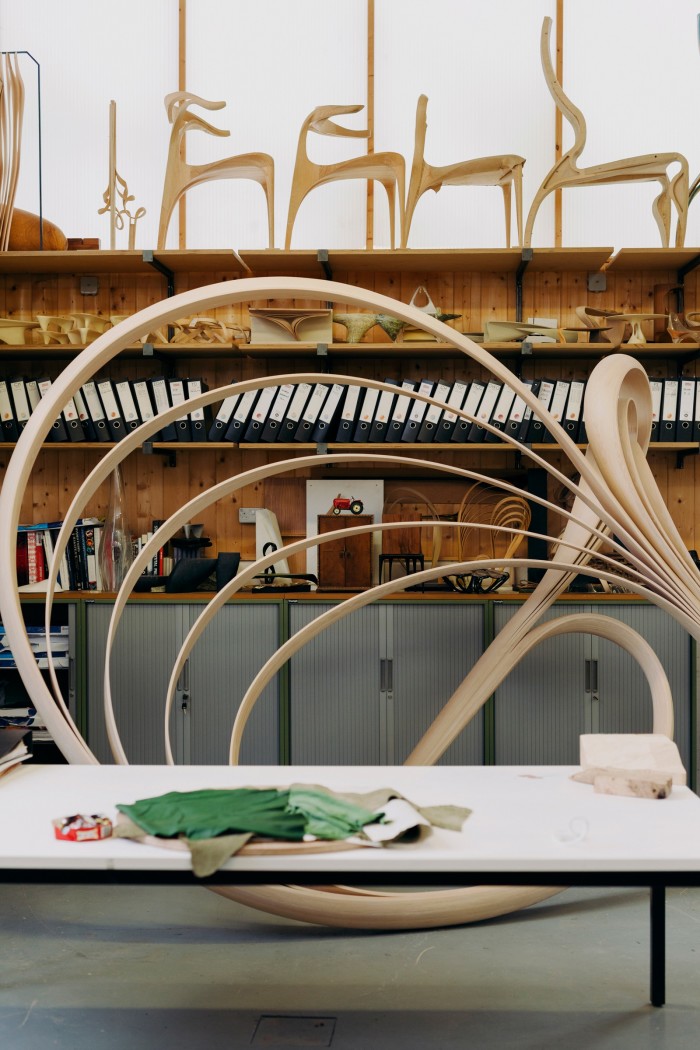
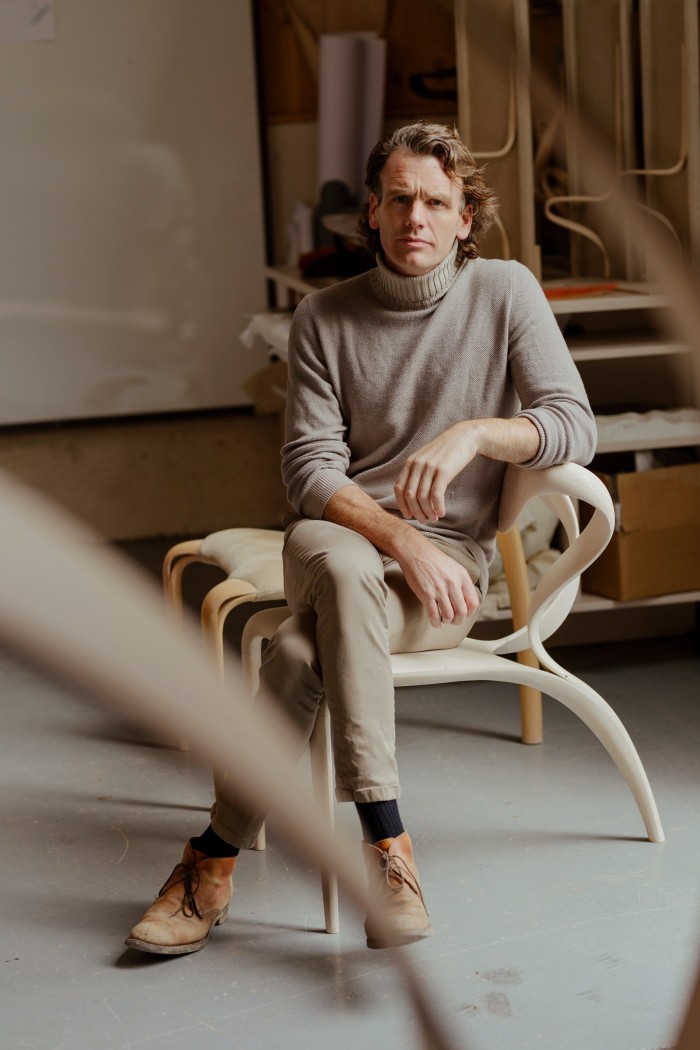
The Walsh farm, 150 acres of rugged land in Fartha, has been occupied by the family since the 18th century. Appearing on the horizon as a collection of buildings huddled against the inky sky, the hangar-like sheds on site have been transformed into centres for designing, crafting and exhibiting Walsh’s work. The genesis of the designer’s output, however, is evident at every turn, and a series of display cabinets are filled with chisels, hammers and lathes similar to those given to Walsh as a boy.
The labour that goes into each handcrafted piece can also be appreciated at a glance: scale models of curved wood hang on the walls, and chairs still under construction sit atop wooden benches bookended by metal clamps, their sinuous form synonymous with the innovator’s output. Elsewhere in a storage area, giant Kraken-like tentacles of wood escape the fabric covers that bind them for transportation, reaching for the ceiling as if for the sky. The size of these sculptures charts the evolution of Walsh’s designs and his more recent experimentations with scale. He is no ordinary furniture maker, and much of his work involves one-off, site-specific installations (represented in his Magnus and Opus collections) alongside collectable design pieces – chairs, tables and cabinets – that fall under the mantle of his Dommus collection.
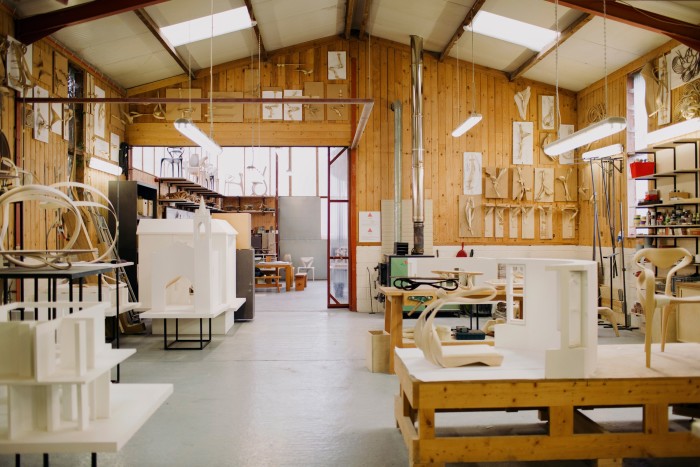
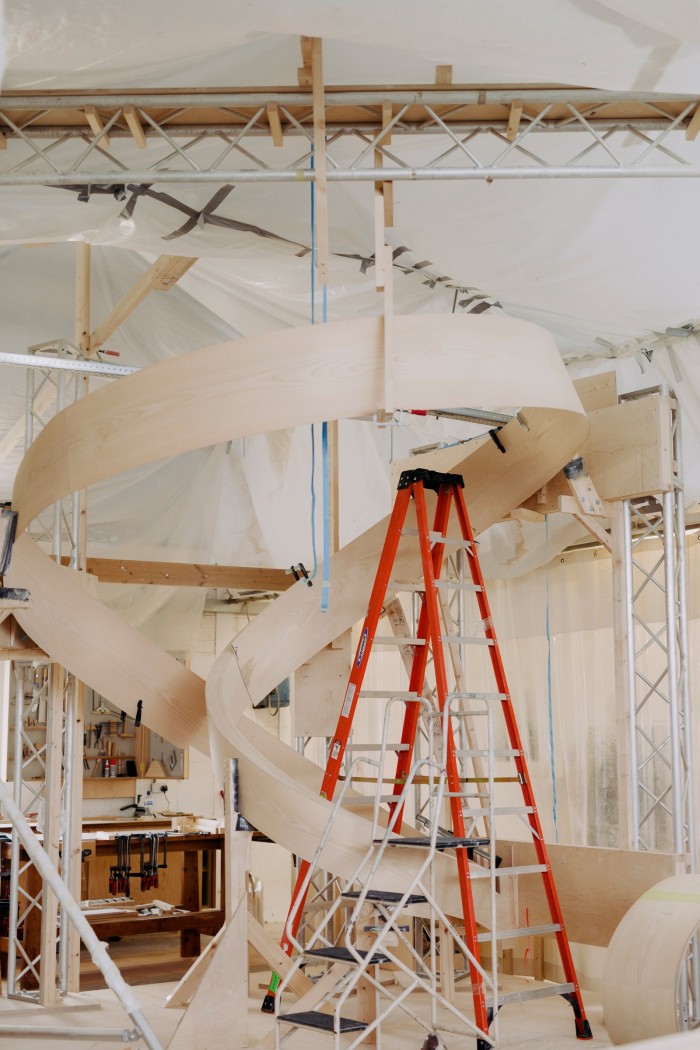
Much has been said about Walsh’s creative journey to this point. How, as a boy, he crafted his first Irish dresser after his mother gave him a book on traditional Irish furniture. “It was a real cocktail of pieces I liked in the book but also from an old Wexford dresser in one of the cottages of the farm,” he laughs. “But from then on I was hooked. There was a sense of achievement, but also a feeling I could do better; I kind of think that I’m still there in many ways.”
The self-taught designer began entering craft competitions, gaining his first commission aged just 15. By 19, he’d opened his furniture-design studio, and has perfected his art over the years. Walsh’s design approach changed radically, however, after an exhibition in New York in 2008. “It was a significant body of work of 23 pieces but I was frustrated because I was trying to control the outcome by using traditional cabinet-making techniques, yet my drawings were fluid and expressive,” he says. “That’s when I made a conscious decision to break some of the rules that I had created around my own vocabulary.”
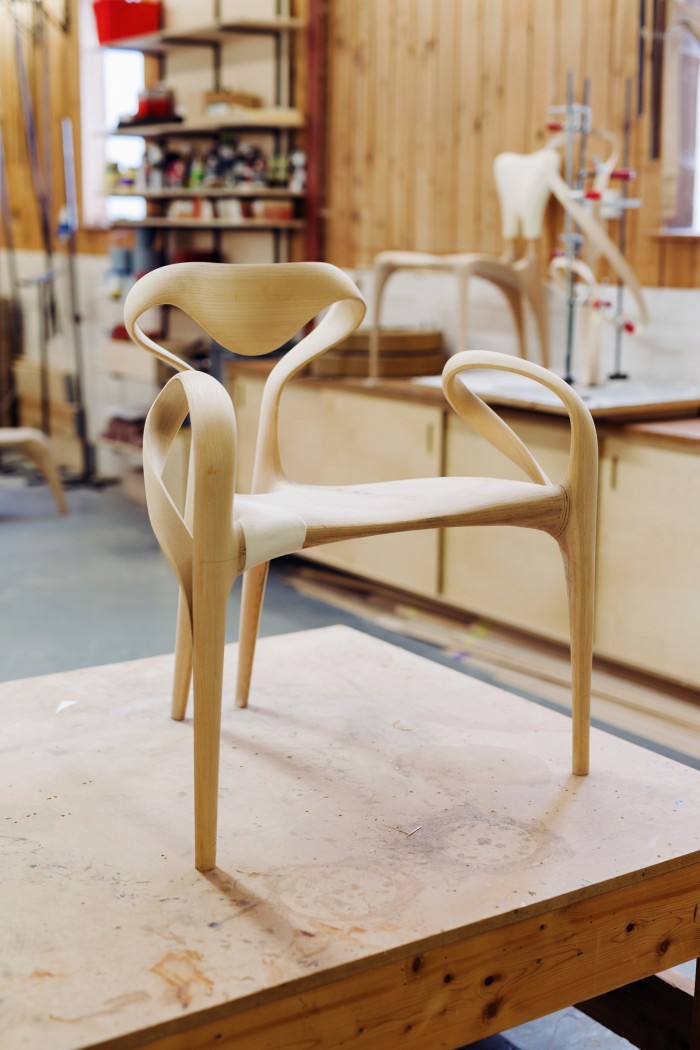
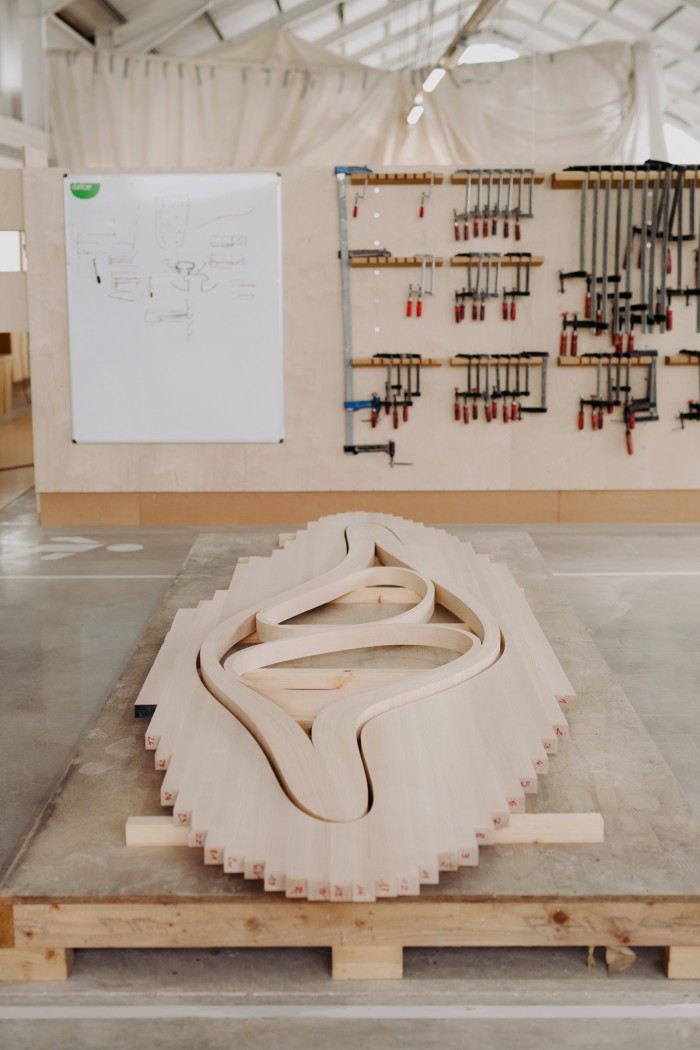
He began working with wood differently, drawing on methods he’d seen used by local boat builders, and developing processes to express his drawings – what he refers to as his “moment of inspiration” – more fully. This gave rise to free-flowing, ethereal forms. “I went into an uncontrolled space, which was anxious because I was not in absolute control of the outcome, and worked with the material, allowing it to dictate the shape,” he says. “The Enignum works, for instance, came about by cutting the wood in thin layers and bending it, as opposed to carving it away.” His aim was to make the pieces delicate, light and open. “I was experimenting, using pins and wires to create this composition, and what I ended up with was so good,” he laughs. “Of course, you can’t make furniture in that way, but it spurred me to find the process to replicate it. Eventually that led to scaling up the designs – and we have continued this, going beyond the table to a more architectural scale.”
The 42-year-old designer’s approach quickly gained recognition, not least from the Duke and Duchess of Devonshire, who commissioned 24 walnut and leather Enignum Locus chairs for the Great Dining Room of Chatsworth House in 2017. The twisting forms encircling the dining table create a sense of movement in the space, and it is this feeling of dynamism that is at the heart of Walsh’s work. “When I’m drawing, I’m thinking about contact with an object: it’s about something wrapping around you, a feeling of being enclosed or cocooning, and the tactility of sitting on a chair,” he says.

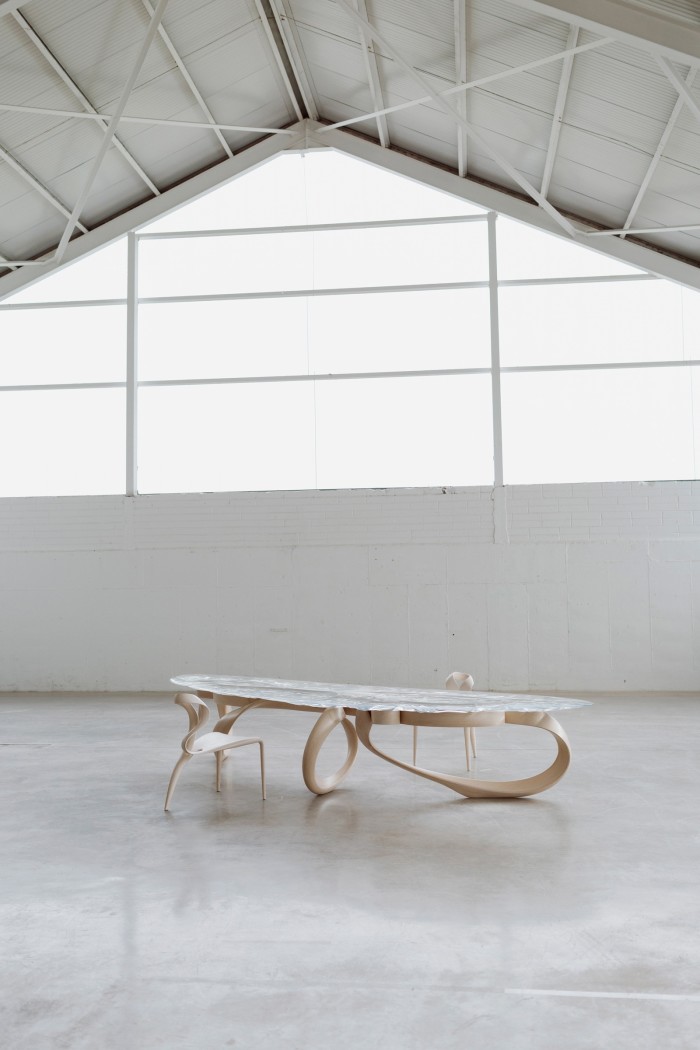
Walsh compares the sense of motion that he instils in each piece to capturing a feeling of anxiety – there’s a tension in his work as his forms shift and contort, some almost appearing to defy gravity. He sees the same tension in nature, which surrounds his studio nestled in the windswept fields of County Cork. “Nature is so dynamic, it is uncontrolled in a way that is difficult to translate into the man-made world,” he says. “My work is influenced by nature but not in a very literal sense – it’s the sense of being alive and those feelings of both anxiety and peace.”
It may seem ironic that this laid-back, self-assured Irishman, impeccably dressed in an open-necked white shirt and sporting a mop of brown curls, should draw on such emotions, but they are powerful drivers for his work, sparking innovation. “Sometimes when you’re doing something new or breaking into a new material, it’s full of anxiety because it’s high risk,” he says. “But if you continue with that body of work you reach a point of familiarity, of mastery and confidence, and this is when the work gets better. So my process is kind of a mood, it’s a cycle.”
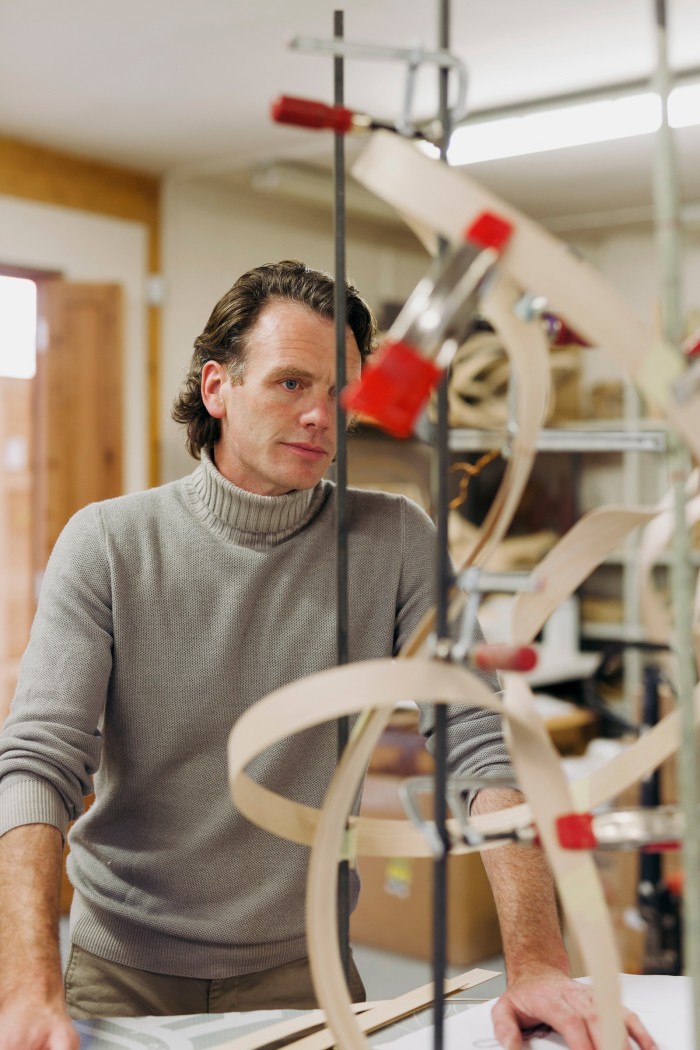
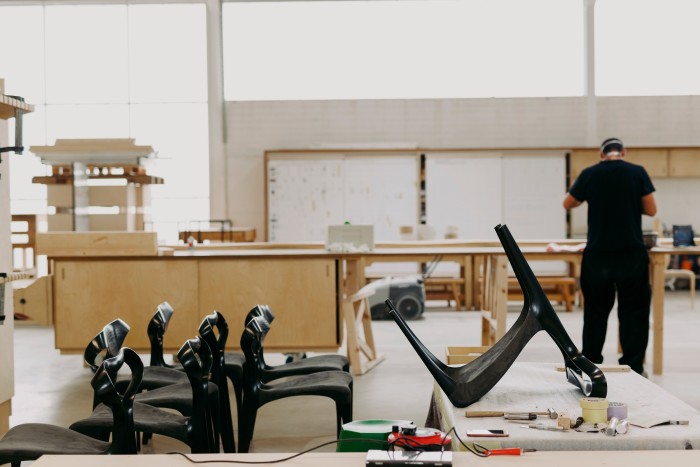
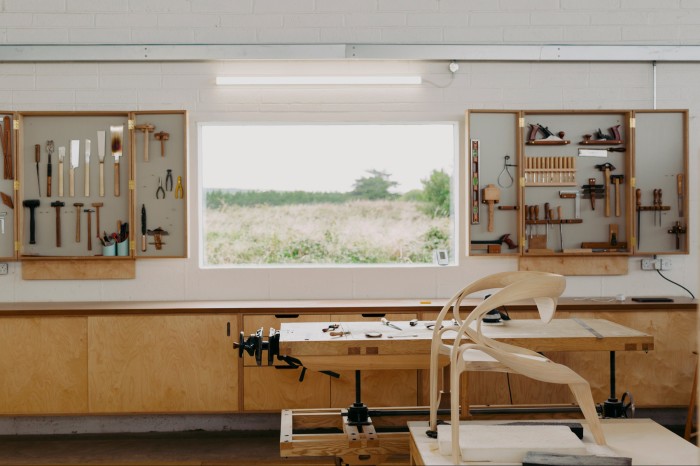
Walsh has forayed into new materials – marble, limestone, copper and resin – but wood remains central to his oeuvre. “I love that it’s a living material with a lifespan similar to our own. You can have a relationship with the heath and the woodland, and we have a small interest in a forest because we want to think more sustainably. In some ways it’s about bringing back old practices,” he says. “But our relationship with wood is also philosophical: we’re mining this material from the past, and I like the idea that a tree is standing upright and by cutting it and making it into something we’re participating in layering time in some way. People’s intuitive response to wood is extraordinary. They would have a completely different reaction if the same piece was made in a polymer. It’s a very powerful thing.”
Recent projects include a commission for a client in Hong Kong, which was shown at Design Miami/Basel in September as a cohesive ensemble of pieces: a Magnus II dining table pivoting on a single sweeping curve was paired with Enignum II Locus chairs, overlooked by a gigantic ribbon-like sculpture. “It’s really representative of where I am right now in terms of work. The dining table was really ambitious at 4.3m long, and the tabletop made from one tree,” Walsh explains. “Much of the engineering that enabled us to do this came from research we’ve been doing with engineers and Trinity College Dublin to create these monumental sculptures. That knowledge has trickled down to the more domestic, functional pieces and enabled us to create this high-performance wood piece. There is no metal armature – it supports itself – so ultimately it looks quite peaceful and effortless.”

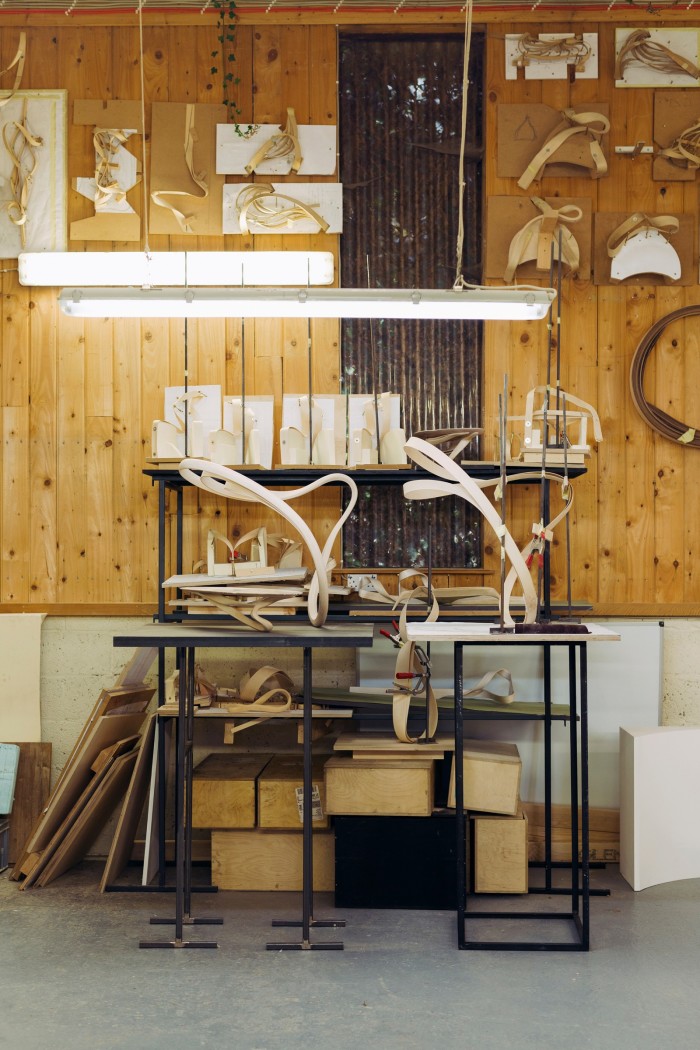
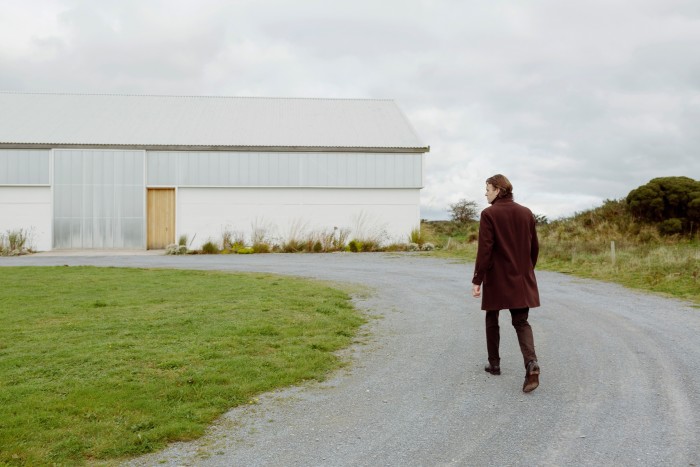
The studio remains focused on innovation. Walsh is currently putting the finishing touches to the prototypes that will take his Magnus series “monumental” next year – the first to be made specifically for the outdoors. “I love the idea of bringing sculpture into the landscape,” he says. Commissions continue to be a big part of the practice. “We’re fortunate to have long-standing clients, who will often buy a chair, then something else, and by year three they ask you to make something for them. So you’re on this journey and advancing together,” he says. “We’ve never stopped working for Chatsworth House, and the Duke and Duchess have asked us to make wall brackets, which are a contemporary interpretation of designs they found in the attic by William Kent. We’re very nearly there in terms of completing the first ones that will display collections of ceramics and three-dimensional art in the public galleries.”
Walsh can barely contain his excitement about the project: “That, for me, is the best. I would never have designed those pieces if the Duke had not requested them, and they’ve turned out to be one of the most exciting things we’re doing,” he concludes. “I like the idea that the work you are creating is the consequence of a dialogue and of a lived life. If you think about them being [in Chatsworth] for many years to come, it’s also a connection to the future, which is so crazy. I love how everything in that house is living and alive. That is the way you should experience design.”
Comments